For many homeowners, they wonder how they can prevent water damage. Water Damage could cause a lot of problems and can be very expensive to fix. It can ruin a lot of your property and endanger the health of you and your family, whether it results from a burst pipe, a leaky roof, or a flood. Here are some suggestions to help you protect your property from water damage.
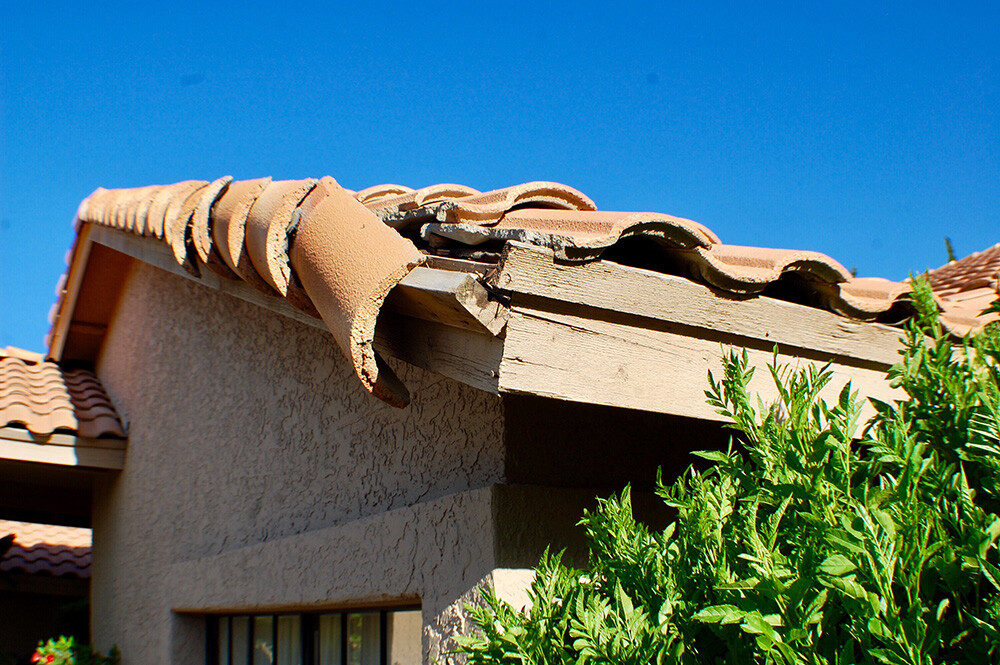
Inspect Your Roof Regularly
One of the parts of your house that is most susceptible to water damage is the roof. The interior of your house, including the walls, flooring, and ceilings, can suffer significant damage from a leaking roof. Regularly checking your roof for signs of damage or deterioration will help you avoid this. Check for cracks, missing or broken shingles, and any other deterioration indicators. If you see anything, get in touch with a roofing expert so they can diagnose and resolve the issue.
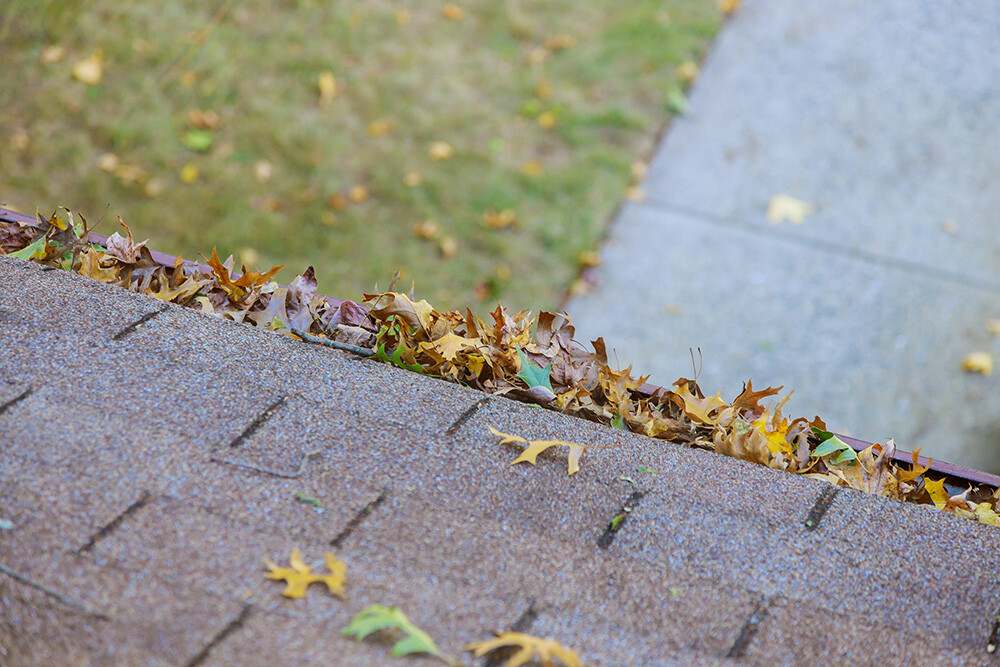
Clean Your Gutters to Prevent Water Damage
Your gutters are essential in preventing water from reaching the foundation of your house. Nevertheless, they can’t function properly if they are blocked with debris. Make sure to clear out leaves, twigs, and other debris from your gutters at least twice a year, in the spring and fall. Water will be correctly diverted away from your property thanks to this.

Review Your Water Bill Frequently
Your water bill can suddenly rise if you have a leak. It’s critical to look into the reason for an increase in your water bill if you see one. Look for leaks in all of your faucets, toilets, and pipes. If you are unable to identify the issue’s root cause, think about calling a qualified plumber to examine your home’s plumbing system.
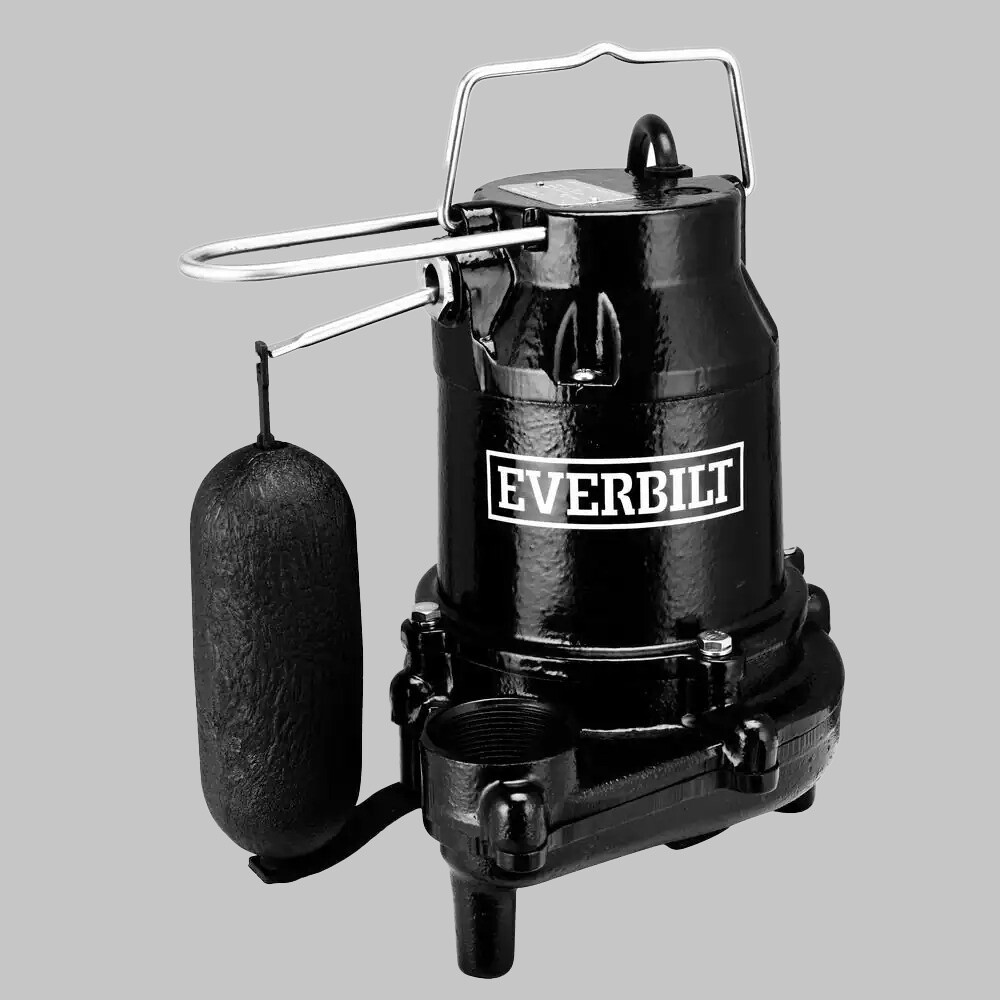
Prevent Water Damage by Installing a Sump Pump
Your basement or crawl area may not flood if you have a sump pump. This appliance is set up in a pit in your basement or crawl area, and it pumps any water that collects out automatically. If you live in a region that experiences frequent periods of heavy rain or flooding, this may be especially crucial.
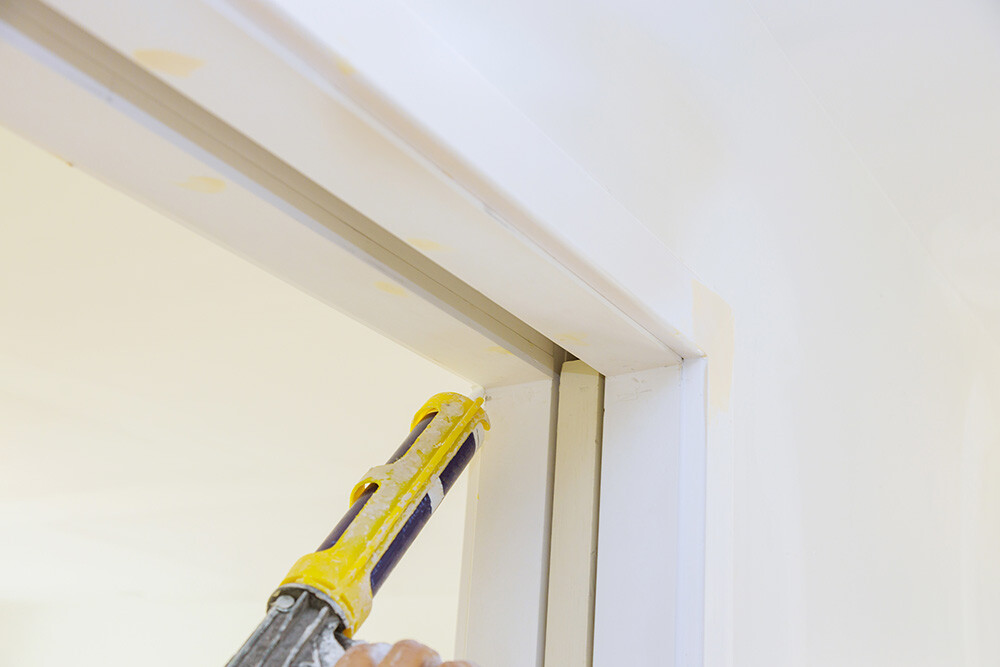
Seal your Doors and Windows with Caulk
Your windows and doors may have cracks or holes around them that allow water to enter. Make sure you adequately seal off these places to prevent this. Fill up any gaps or cracks around your windows and doors with weatherstripping or caulk. This will increase the energy efficiency of your home and help keep water out.
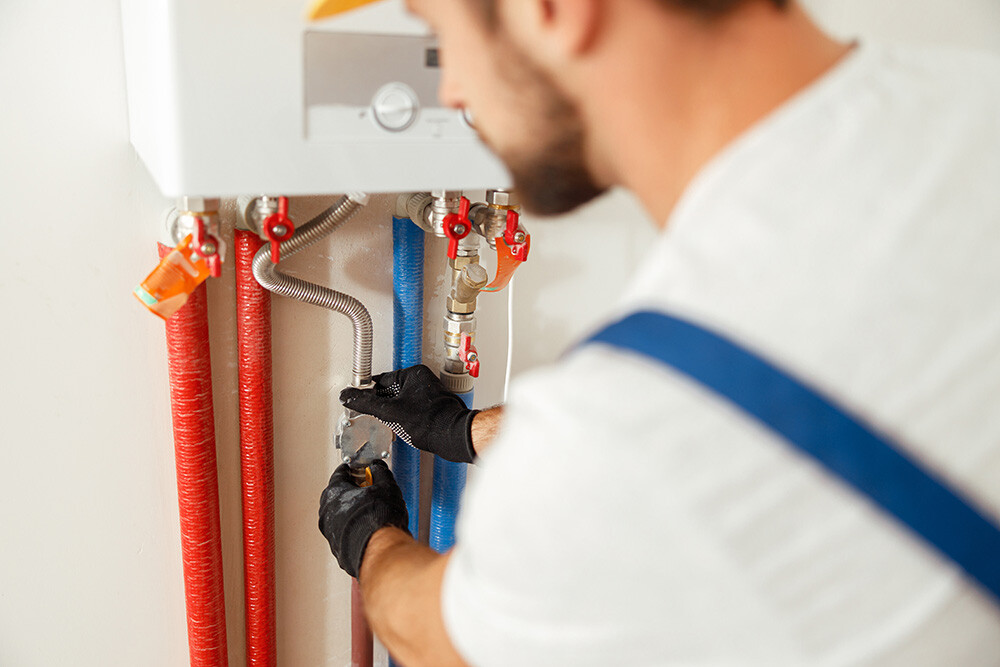
In Chilly Climates, Insulate the Pipes
During the winter, pipes that are situated in unheated locations, such as crawl spaces, basements, or attics, are susceptible to freezing. A pipe could break as a result of water freezing inside it, causing significant water damage. Make careful to insulate your pipes in these spots to prevent this. They will stay warm and avoid freezing thanks to this.
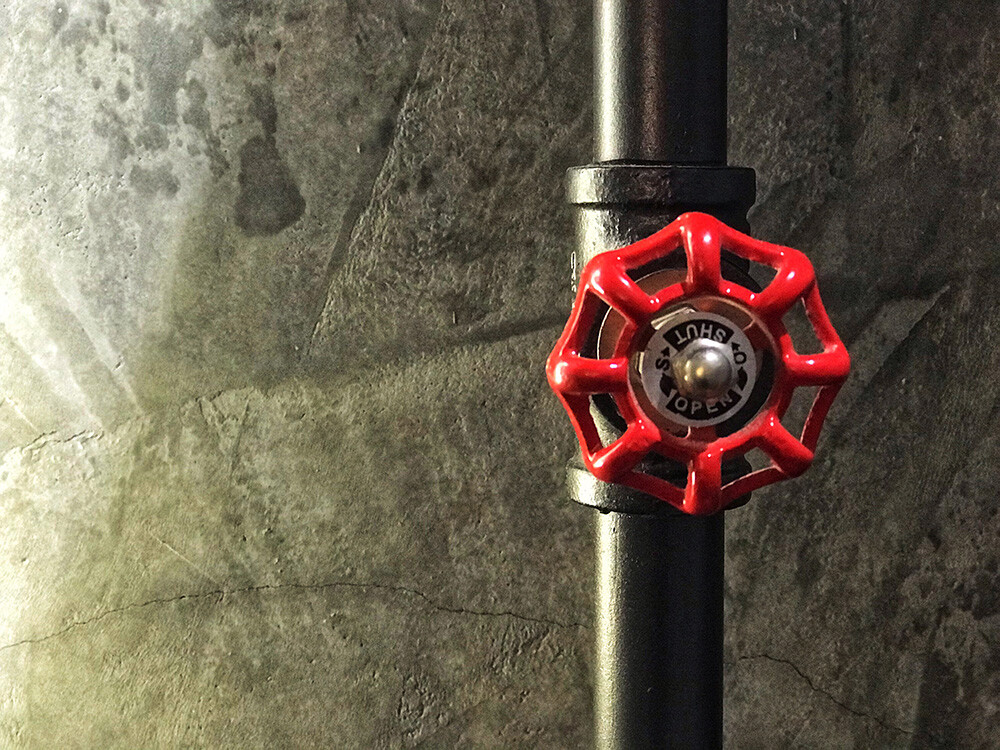
Know the Locations of Your Shut-off Valves to Prevent Water Damage
It’s crucial to know where your shut-off valves are in case of a water emergency. They include the individual shut-off valves for toilets, sinks, and appliances as well as the main shut-off valve for the water supply to your home. In the event of a leak or burst pipe, knowing where these valves are will help you swiftly halt the flow of water.
Protecting your home from water damage involves some care and upkeep. You can prevent water damage by doing routine checks, cleanings, and repairs. By using these suggestions, you can secure your house and save yourself the hassle and expenses of water damage.

